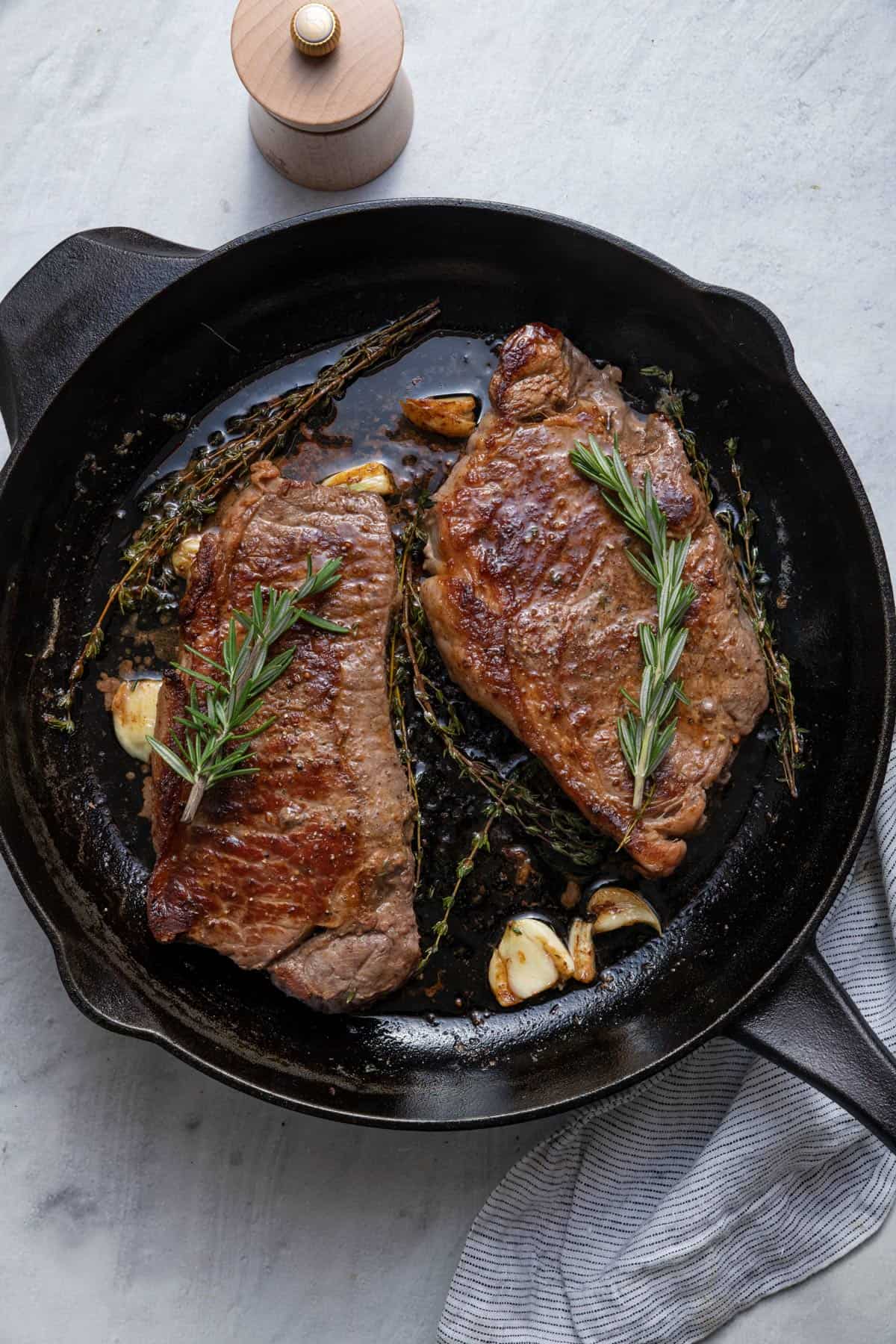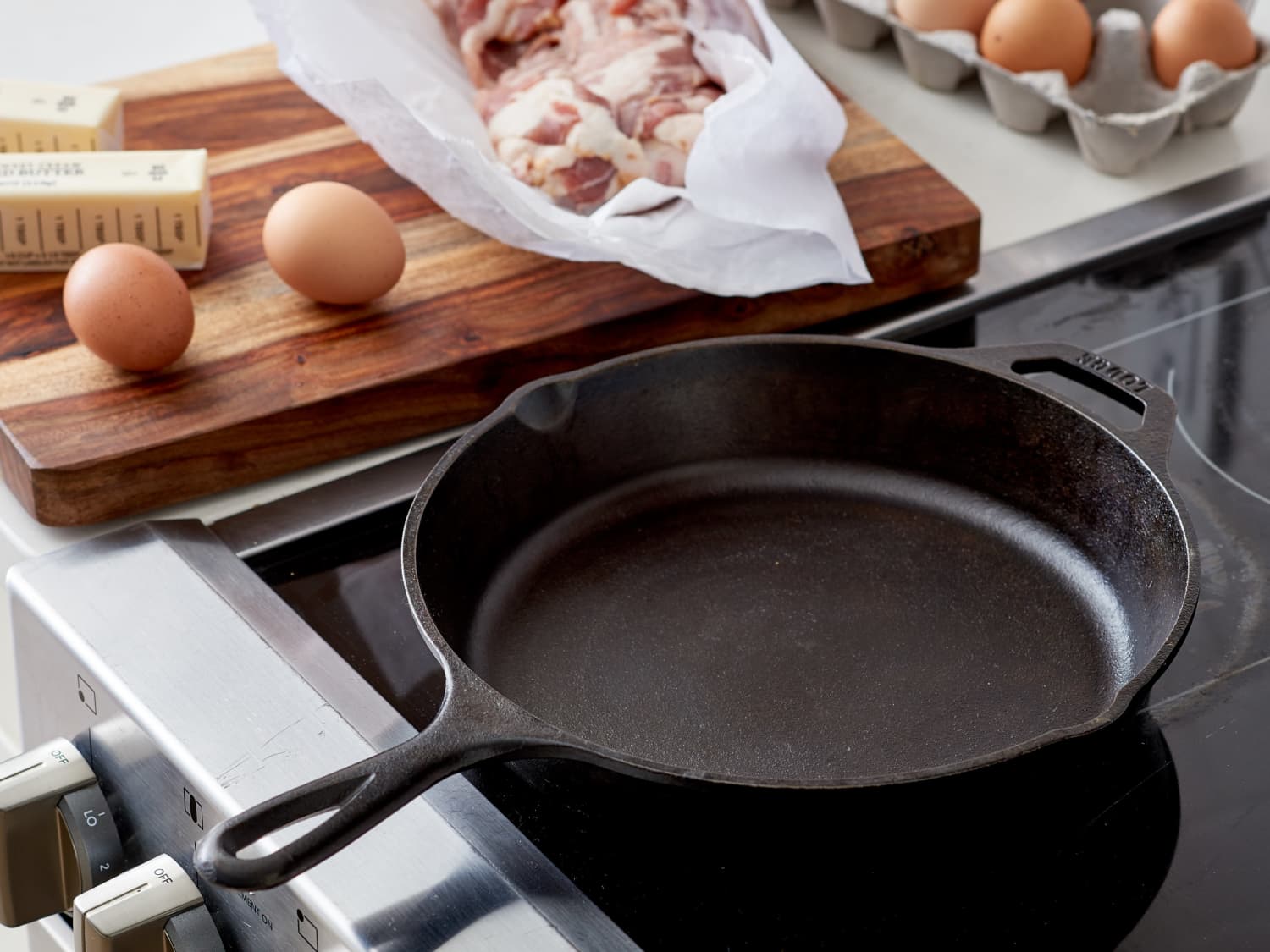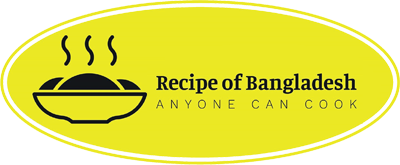Imagine transforming your everyday meals into culinary masterpieces, all by simply changing the cookware you use. If you’ve ever wondered whether cooking in cast iron is better, you’re not alone.
You’ve probably heard claims about its superior heat retention, its ability to enhance flavors, and even its health benefits. But is it all just hype? Or is there something truly magical about these heavy pans that have been used for centuries?
We’re diving into the sizzling world of cast iron cooking to uncover the truth. Get ready to discover how this timeless cookware can elevate your kitchen game, making every dish not only delicious but also memorable. So, are you ready to find out if cast iron could be your new best friend in the kitchen? Let’s get started!
Cast Iron’s Heat Retention
Cooking with cast iron offers a unique experience, largely due to its exceptional heat retention. This quality sets it apart from other cookware materials. When you cook with cast iron, you’ll notice your food staying warm longer, enhancing the flavors and textures of your dishes.
What Makes Cast Iron’s Heat Retention Stand Out?
Cast iron’s ability to hold heat stems from its dense structure. Unlike aluminum or stainless steel, cast iron takes time to warm up, but once heated, it maintains a consistent temperature. This means you use less energy, as your stove doesn’t have to work as hard to keep the pan hot.
Imagine preparing a steak that sizzles evenly and stays warm until the last bite. Cast iron makes this possible, ensuring your meals are not just hot but perfectly cooked.
How Does This Benefit Your Cooking?
With cast iron, you can sear meats beautifully, achieving that sought-after caramelized crust. This enhances both taste and presentation. Baking is another area where cast iron shines, as it provides even heat for breads and desserts.
Consider how frustrating it is when your scrambled eggs turn cold before serving. Cast iron solves this by keeping your breakfast warm and inviting. It also excels in deep frying, where consistent heat is crucial for crispy results.
Can Cast Iron Save You Time?
Absolutely, cast iron’s heat retention reduces cooking time for many dishes. Once preheated, it requires less time to cook ingredients thoroughly. This efficiency means you spend less time in the kitchen, giving you more time to enjoy your meal and company.
Think about the last time you had to reheat a dish repeatedly. With cast iron, reheating becomes a rare necessity. Its ability to keep food warm allows for a more relaxed dining experience.
Is Cast Iron Worth The Investment?
Consider the long-term benefits of using cast iron. While it may require an initial investment, its durability and performance can outlast many other types of cookware. Plus, its heat retention capabilities can lead to savings on your energy bills.
Reflect on the joy of passing down a well-seasoned cast iron pan to the next generation. It’s more than just a cooking tool; it’s a family heirloom that enhances meals for years to come.
So, does cast iron’s heat retention make it a worthwhile addition to your kitchen? If you value efficiency, flavor, and tradition, the answer is a resounding yes.

Credit: feelgoodfoodie.net
Enhancing Flavors
Cooking in cast iron pans enhances flavors due to even heat distribution. These pans retain heat well, creating deliciously browned food. Cast iron’s surface helps to build a rich taste over time, making dishes more flavorful.
Cooking with cast iron has a unique way of enhancing flavors that many other cooking methods can’t quite match. The deep, rich flavors that develop in a cast iron skillet can transform a simple dish into something extraordinary. Have you ever wondered why your grandmother’s cornbread or your favorite steakhouse’s seared steak tastes so much better? The secret might just be in the pan.
Seasoning And Its Impact
Seasoning is more than just a layer of oil on your cast iron pan. It’s a science that enhances taste and texture. Each time you cook, the oils and fats bond to the surface, creating a natural layer that adds flavor to your dishes. I remember my first attempt at seasoning.
My pan was a hand-me-down, with layers of memories from meals past. Each use seemed to add a new depth of flavor, especially to my stews and roasts. Have you noticed your cooking skills improving with each meal prepared in cast iron?
Natural Non-stick Properties
Cast iron’s natural non-stick properties develop over time, making it easier to cook delicate foods like eggs or fish without sticking. This feature not only improves cooking but also enhances the flavors by allowing even browning and caramelization. Think about the last time you cooked pancakes. In a regular pan, they might stick or burn, but in a well-seasoned cast iron skillet, they slide right off, beautifully golden.
This non-stick surface also means you can use less oil, letting the natural flavors of your ingredients shine through. Cooking in cast iron isn’t just about tradition; it’s about practical, flavorful results. Have you tried experimenting with different recipes in your cast iron to see how it changes the taste? The difference might surprise you.
Nutritional Benefits
Cooking in cast iron offers surprising nutritional benefits. This traditional cookware enriches food naturally. It avoids chemicals that can be harmful. Many people find these benefits appealing. Let’s explore how cast iron enhances nutrition.
Iron Enrichment In Food
Cast iron naturally adds iron to your meals. This is especially useful for those with iron deficiency. When cooking acidic foods, iron absorption increases. This can help boost your body’s iron levels. It’s a simple way to enhance nutrition. Every meal becomes more beneficial. Iron is essential for health and energy. Cast iron makes it easier to get enough iron.
Chemical-free Cooking
Unlike non-stick pans, cast iron is free of chemicals. Non-stick coatings can break down at high temperatures. They can release harmful substances into food. Cast iron avoids this risk entirely. It provides a safe, chemical-free cooking surface. This is important for those who prioritize health. Cooking in cast iron reduces exposure to unwanted additives. It maintains the purity of your ingredients. Meals are safer and healthier. Enjoy peace of mind with every dish.

Credit: www.healthline.com
Durability And Longevity
Cooking with cast iron offers unmatched durability and longevity. These pans withstand high heat and resist wear over time. With proper care, they can last for generations, providing reliable cooking experiences.
Cooking in cast iron skillets has become a cherished tradition, especially because of their remarkable durability and longevity. These robust kitchen companions are more than just tools; they are an investment that withstands the test of time. They offer a unique blend of resilience and enduring quality that few other cookware materials can match. If you’ve ever wondered why cast iron continues to be a favorite in kitchens worldwide, the answers lie in its ability to endure and flourish over decades, if not centuries.
Resistance To Wear And Tear
Cast iron cookware exhibits exceptional resistance to wear and tear. Unlike other materials that may warp or degrade after continuous use, cast iron remains steadfast. It handles high heat without batting an eye and effortlessly transitions from stovetop to oven. Think about how frustrating it is when non-stick pans lose their coating and become less effective.
Cast iron, on the other hand, only gets better with age. The seasoning improves, creating a natural non-stick surface. It’s like having a reliable friend who never lets you down. Have you ever tried using your grandmother’s old cast iron skillet? You’ll notice it still cooks like a dream, despite decades of use. This resilience is precisely why many home cooks and chefs swear by cast iron.
Generational Cookware
Cast iron is more than just cookware; it’s generational cookware. It carries stories and flavors from one generation to the next. Each meal cooked in a cast iron skillet contributes to a legacy passed down to future generations. Imagine handing down your perfectly seasoned skillet to your children or grandchildren. They’ll cherish not just the skillet but the memories tied to it.
This creates a bond that other cookware simply cannot replicate. It’s not just about the pan; it’s about the stories told over shared meals. Doesn’t it make you wonder how many meals have been cooked in the same skillet over decades? This aspect of longevity transforms cast iron cookware into a family heirloom, rich with history and tradition.
If you’ve ever considered investing in a piece of cookware that will last a lifetime, why not choose something that can tell a story? Cast iron is more than just durable; it’s a vessel of legacy and shared experiences.
Versatility In Cooking
Cast iron cookware is a favorite in many kitchens. Its versatility in cooking makes it stand out. This cookware adapts to different heat sources and recipes. It offers benefits that other materials can’t match.
From Stove To Oven
Cast iron can move from the stove to the oven with ease. This makes it ideal for recipes needing multiple cooking methods. Start a dish on the stove, then finish it in the oven. No need to change pots or pans. This saves time and minimizes cleanup. The cookware handles high heat well, ensuring even cooking.
Suitable For Various Recipes
Cast iron suits many recipes, from breakfast to dinner. Cook pancakes, roast meats, or bake cornbread. It retains heat, ensuring food stays warm longer. This makes it perfect for serving at the table. The cookware’s durability means it can handle diverse cooking styles. You can fry, bake, roast, or even grill with it. This flexibility makes cast iron a must-have in any kitchen.
Environmental Impact
When you cook with cast iron, you might be doing more than just preparing a delicious meal. You could be making a positive impact on the environment. Cast iron cookware offers several benefits that contribute to a more sustainable lifestyle. But how does it stack up against other cookware options when it comes to the planet? Let’s dive into the environmental impact of cooking in cast iron.
Sustainability Of Cast Iron
Cast iron cookware is known for its durability. Unlike other pots and pans that wear out quickly, cast iron can last for generations. You might remember your grandmother’s trusty skillet still sizzling away, even after decades of use. This long lifespan reduces the need for frequent replacements, saving resources and reducing waste.
Furthermore, production of cast iron involves fewer harmful chemicals compared to non-stick alternatives. Its raw materials are abundant and easily recyclable. This means less damage to the planet during production and disposal. Imagine reducing the carbon footprint of your kitchen simply by choosing the right pan.
Reducing Disposable Cookware
Think about the last time you tossed a flimsy pan into the trash. Disposable cookware is convenient but contributes significantly to landfill waste. Cast iron offers an antidote to this cycle of disposal. Its robust nature means it won’t end up in the trash after a few uses.
By investing in cast iron, you’re opting for a product that will serve you well for years without needing replacement. It’s a small step that can make a big difference. Consider the environmental impact of your cookware choices next time you’re in the kitchen.
What if every home had just one cast iron skillet instead of a cupboard full of disposable pans? The impact could be profound. Are you ready to make this simple yet effective change?
Cost-effectiveness
Cooking in cast iron can save money. These pans last long and need less oil. Food cooks evenly, cutting energy use. With fewer replacements needed, cast iron offers a budget-friendly cooking option.
Cooking in cast iron has become increasingly popular, not just for its unique ability to enhance flavors, but also for its cost-effectiveness. You might wonder, why spend money on a cast iron skillet when there are cheaper options? The answer lies in its long-term value and the variety of affordable choices available.
Long-term Investment
Purchasing a cast iron skillet is like buying a reliable partner for your kitchen. Unlike other cookware that may wear out or degrade over time, cast iron improves with use. It’s a one-time purchase that can last generations. Imagine passing down your seasoned skillet to your children or grandchildren. It’s not just cookware; it becomes a family heirloom. Because it lasts so long, you end up saving money in the long run. No need to replace it every few years, unlike other pots and pans.
Affordable Options Available
You don’t have to break the bank to enjoy cooking in cast iron. There are many budget-friendly options that offer great quality without the high price tag. Consider looking at thrift stores or garage sales. Sometimes, you can find a well-seasoned gem for a fraction of the cost. Brands like Lodge offer excellent skillets at reasonable prices. They provide the durability and performance of high-end brands without the hefty price. Isn’t it time you reconsidered the value of your cookware? Investing in cast iron could be the smartest choice you make for your kitchen.

Credit: www.thekitchn.com
Maintenance And Care
Cast iron cookware offers a unique cooking experience. Its durability and heat retention make it popular. Proper maintenance and care ensure a long-lasting kitchen companion. Learn how to keep your cast iron in top shape.
Cleaning Techniques
Clean cast iron after each use. Avoid soap, which strips seasoning. Use hot water and a stiff brush. Scrub food residues gently. For stubborn spots, boil water in the pan. Dry thoroughly to prevent rust.
Preventing Rust And Damage
Rust is a common concern with cast iron. Keep your cookware dry at all times. After cleaning, dry immediately with a cloth. Store in a dry place, away from humidity. Apply a light coat of oil to protect the surface. Avoid metal utensils that can scratch and damage. Gentle handling preserves your pan.
Frequently Asked Questions
What Are The Disadvantages Of Cooking With Cast Iron?
Cooking with cast iron can be heavy and difficult to handle. It requires regular seasoning to prevent rust. Cast iron takes time to heat up and cool down. Acidic foods can strip its seasoning. Not dishwasher safe, it needs careful hand washing and drying.
Is It Healthier To Cook With Cast Iron?
Cooking with cast iron can be healthier. It releases small amounts of iron into food, boosting nutrition. Cast iron is chemical-free and retains heat well, reducing energy use. Proper seasoning prevents sticking, reducing the need for excess oil. Regular cleaning and maintenance ensure safe, healthy cooking.
Why Don’t Professional Chefs Use Cast Iron?
Professional chefs often prefer stainless steel or aluminum pans. These materials heat quickly and evenly, saving time. Cast iron is heavy and requires special care. It can also react with acidic foods, altering flavors. Quick temperature adjustments are challenging with cast iron, making it less ideal for busy kitchens.
Does Food Cook Better In Cast Iron?
Food cooks better in cast iron due to its excellent heat retention and even heat distribution. This results in perfectly seared meats and evenly cooked dishes. Cast iron enhances flavors and is versatile for various cooking methods. Its natural non-stick surface improves with use, making it a popular choice.
Final Words
Cooking with cast iron offers unique benefits. It retains heat well. This ensures even cooking. Foods develop a rich, flavorful crust. Cast iron is versatile. You can use it on the stove or in the oven. It lasts a lifetime with proper care.
It’s eco-friendly too. No harmful chemicals in its surface. Cast iron is affordable. It adds iron to your food naturally. Many chefs prefer its unmatched cooking quality. Consider your cooking needs. Cast iron might be a perfect choice. Enjoy experimenting with different recipes.
Discover the joys of cooking in cast iron.

Leave a Reply